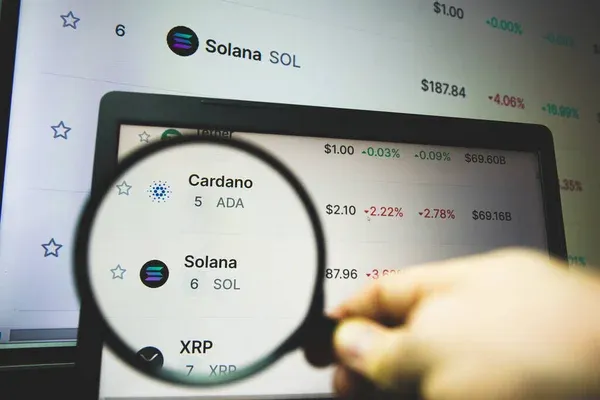The Vital Role of Running Nodes for Testnets in New Blockchain Projects
In the fast-paced world of blockchain technology, the development of new projects often hinges on the successful deployment and operation of testnets. Testnets, or test networks, serve as crucial staging environments, simulating the conditions of the mainnet (the main network) without the risk of real-world consequences. A fundamental component of these testnets is the nodes operated by developers, enthusiasts, and sometimes the general public. Running nodes for testnets is not merely a technical necessity; it plays a pivotal role in ensuring the stability, security, and scalability of new blockchain projects. Here's why running nodes for testnets is indispensable for the evolution of blockchain technology.
1. Network Testing and Validation
At its core, a blockchain network relies on a distributed ledger that is maintained across various nodes. Running nodes on a testnet allows developers to test the network's protocols in a controlled environment. This helps in identifying any potential issues or bugs in the blockchain's design before it goes live. Such preemptive measures are crucial for preventing costly errors that could compromise the network's integrity and user assets in the real world.
2. Security Assurance
Security is paramount in the blockchain space, where vulnerabilities can lead to significant financial losses. By running nodes on testnets, developers and security experts can conduct thorough security audits and stress tests. These exercises reveal weaknesses in the network's architecture or code, which can then be addressed to fortify the blockchain against attacks.
3. Scalability and Performance Optimization
Testnets provide an ideal platform for evaluating a blockchain's scalability and performance under different conditions. Running nodes helps in simulating real-world usage scenarios, such as high transaction volumes or network congestion. Insights gained from these simulations are invaluable for optimizing throughput, reducing latency, and ensuring that the blockchain can scale effectively to meet user demand.
4. Community Engagement and Feedback
Engaging the community by allowing external participants to run nodes on a testnet serves multiple purposes. It fosters a sense of involvement and investment in the project's success among the broader community. Moreover, it provides developers with diverse feedback and perspectives, which can be critical for identifying user-centric improvements and ensuring the blockchain meets its intended use cases.
5. Ecosystem Development
Running nodes on a testnet enables developers and third-party service providers to integrate and test their applications, wallets, or services with the blockchain. This early interaction with the ecosystem encourages innovation and helps in building a robust infrastructure around the blockchain, facilitating a smoother transition to the mainnet.
Conclusion
The operation of nodes on testnets is a critical phase in the lifecycle of any blockchain project. It ensures that the network is rigorously tested, secure, scalable, and poised for successful adoption. For developers, running nodes on a testnet provides invaluable data and insights that guide the refinement of the blockchain. For the community, it offers an opportunity to contribute to the project's development and readiness for the real world. As blockchain technology continues to evolve, the role of testnets and the nodes that power them will remain indispensable in launching innovative, resilient, and user-centric blockchain networks.

